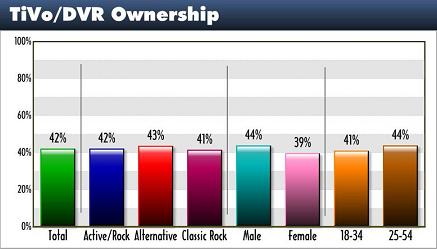Porque é que o consumo activo já não é rádio
Se McLuhan explica as diferenças entre meios quentes e frios com, entre outros, o argumento da possibilidade de preenchimento pelo ouvinte de espaços (a rádio é um meio quente porque há pouco espaço a ser preenchido pelo ouvinte), então quando falamos de um novo meio em que o consumidor tem o poder de preenchermuito mais, já estamos perante um meio frio «Um meio quente é aquele que estende ou prolonga um único sentido em “alta definição”. A alta definição é o modo de ser plenamente saturado (...) E a fala é um meio frio e de baixa definição, porque nos dá muito pouco, exigindo do da parte do ouvinte um processo de preenchimento. Os meios quentes, por seu lado, não deixam tanta coisa a ser preenchida ou completada pelo público. Como tal, os meios quentes requerem uma baixa participação, ao passo que os meios frios exigem uma elevada participação com completamento por parte do público.» (MM, 2008: 35).

